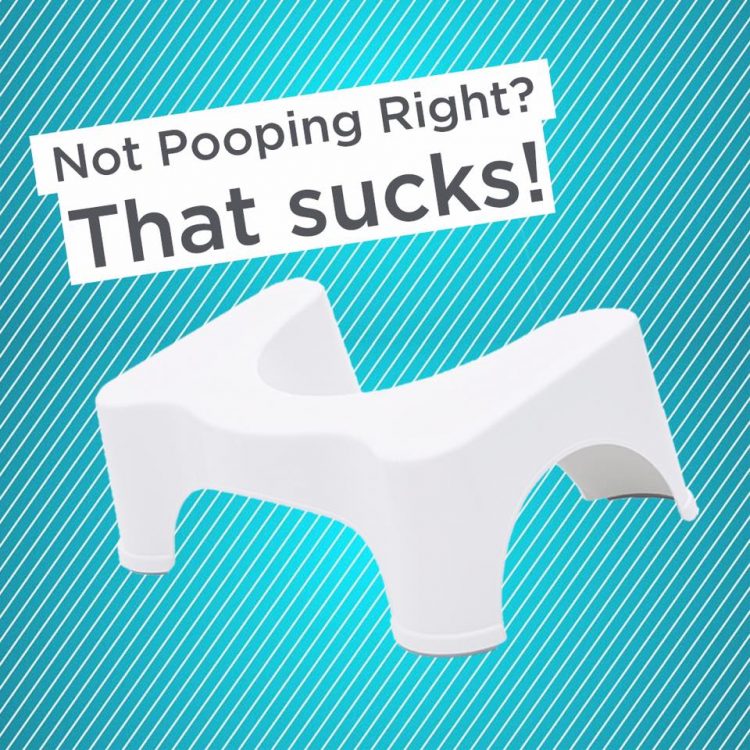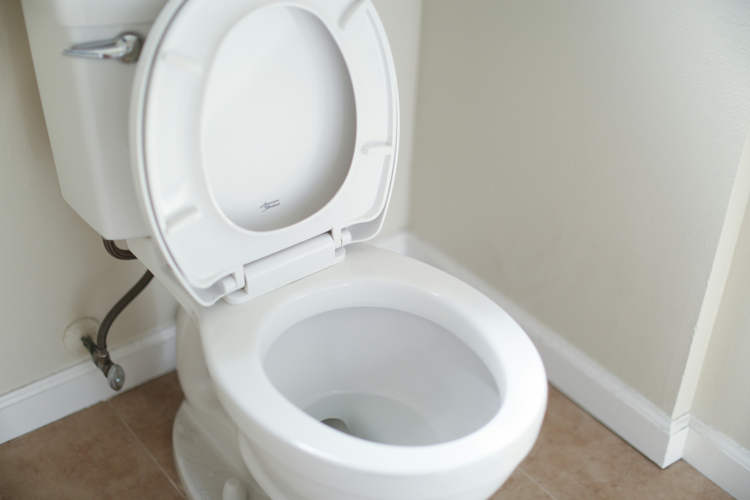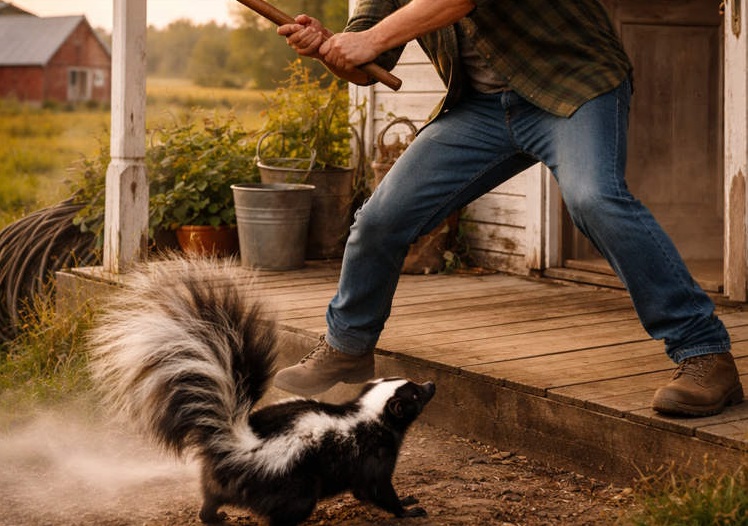You’ll have a tough time finding someone who talks positively about their constipation problems, but one Utah woman is one of those rare exceptions, and for good reason. It was her constipation that inspired her to create a simple stool that now helps millions of people improve their bowel movements.
Judy Edwards has been struggling with constipation her whole life, but the problem only got worse with age. A few years ago, a medical professional advised her to use a foot stool while sitting on the toilet, and that worked surprisingly well for her, so she passed on the same advice to her husband Bill. They were both amazed both about the difference that a little foot stool made and that they had only learned about this trick in their 60s. But it wasn’t until their son Bobby, a self-described gypsy always looking to make a “big splash”, learned about the benefits of the foot stool that the idea of a profitable business started to materialize.
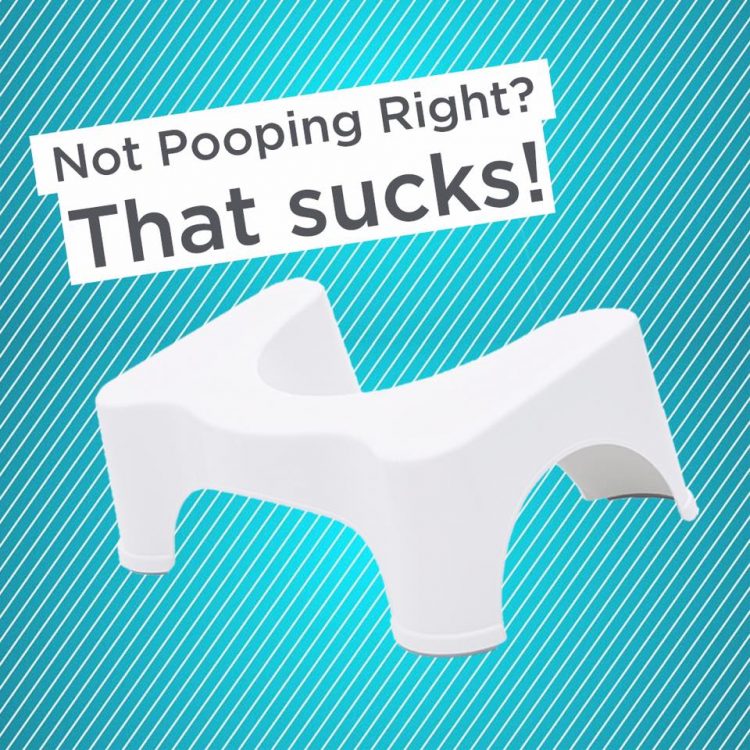
Photo: Squatty Potty/Facebook
While incredibly useful, the foot stool wasn’t a tool dedicated to aiding with constipation, so Bobby Edwards set out to perfect it. He basically made it more ergonomic, and made a cut-out so that it could fit around the toilet bowl and take up less space in the bathroom. Then, all that was left to do was finding a catchy name. They eventually passed on “Health Step,” “The S**t Shelf,” and “The Stool Stool,” and went with Squatty Potty, which is what traditional hole-in-the-ground toilets are sometimes called.
At first the Edwards started gifting Squatty Potty stools to family and friends, most of whom considered them to be pranks, but once they tried them out, they couldn’t stop talking about how much of a difference it made. That’s when Bobby really knew that they were on to something.
“There was nothing out there on the market that we could find to help us solve the problem. So we made it,” the entrepreneur told CNBC.
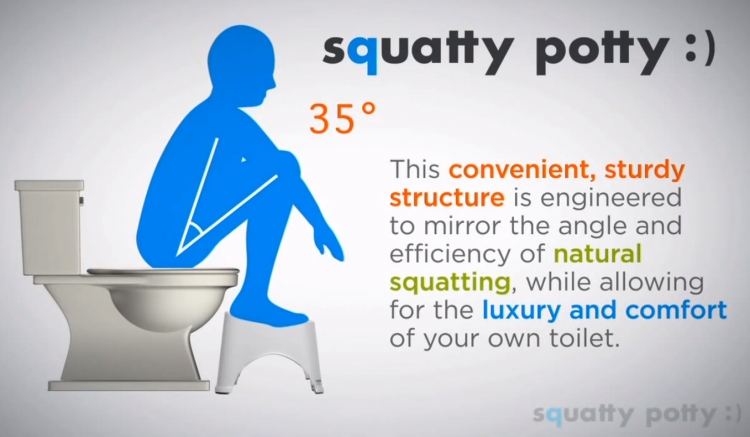
Photo: Squatty Potty/Facebook
Bobby, his parents and one of his parents put up $35,000 to start manufacturing Squatty Potty stools and set up a website. They decided to start making the stools out of plastic – the prototypes had been wooden – to bring the price down, and placed an order for 2,000 of them in China. It came in a big container, and after seeing what 2,000 Squatty Pottys looked like, Bobby Edwards recalls thinking “What? We are never going to sell these, right?”. They now sell that many in a single day.
In the first year, 2011, the Edwards sold $17,000 worth of Squatty Potty stools, but by 2016, annual sales had skyrocketed to $16 million, and sales have been climbing ever since. They sent free samples to health bloggers to create awareness, then got a call from Dr. Oz, and even appeared on Shark Tank, which was their really big break. They generated $1 million in sales within 24 hours after being featured on Shark Tank, where they also received a $500,000 investment from Lori Greiner.
The problem with relatively simple products like the Squatty Potty is that they are easy to copy, but while knockoffs have been on the market for a while now, the company is still thriving because of constant innovation. There is now a portable Squatty Potty that fits in a backpack, an attachable bidet and even a potty training program called Squattypottymus. They’ve also invested a lot in marketing, including online. A YouTube ad that cost around $250,000 currently has around 100 million views on the popular video platform.
But ultimately, the secret to the Squatty Potty’s success lies in its effectiveness. It helps people poop easier, an there is an explanation for that, which Bobby briefly explains: “We all have a kink in our colon, it’s there to maintain continence. Otherwise we’d be crapping our pants wherever we go.” Apparently, sitting on the toilet relaxes that kink a little, which is enough for some people, but emulating a squatting position really improves bowel evacuation.
When Judy Edwards started the Squatty Potty business with her family, she thought they would sell a few to supplement their income, but according to a recent CNBC article, the company is now worth around $30 million. She has long retired – although she remains on the board – Bobby is currently taking a few months off after hiring a new CEO.
Talk about turning lemons into lemonade, right?

